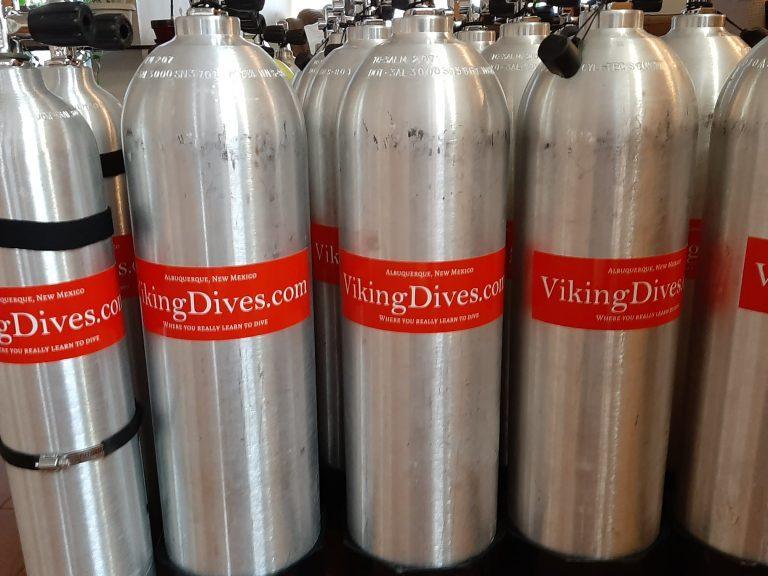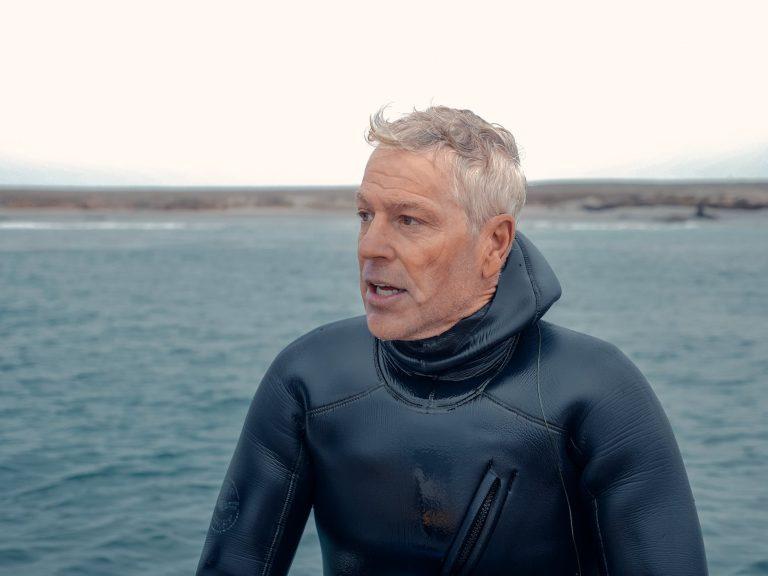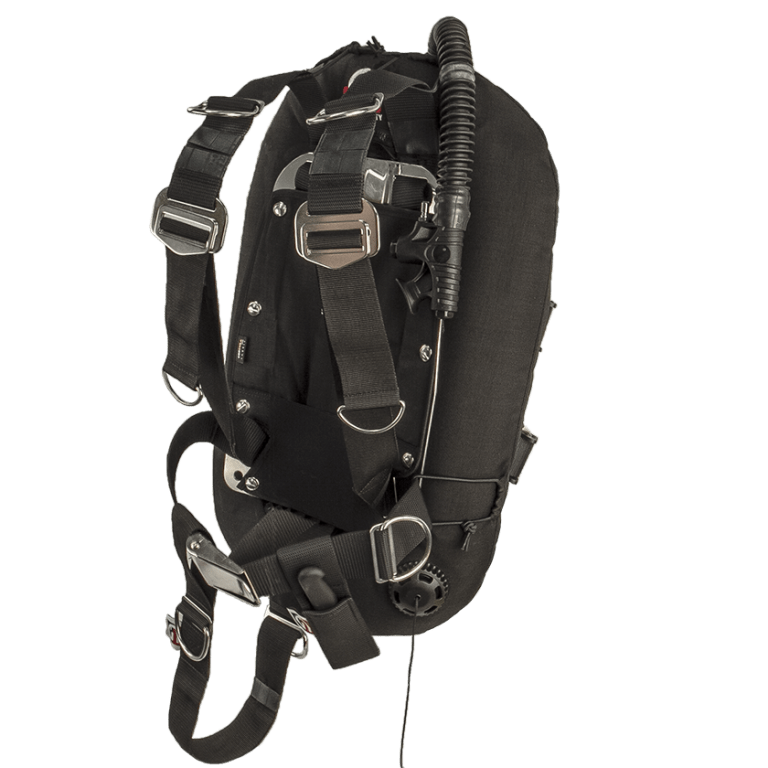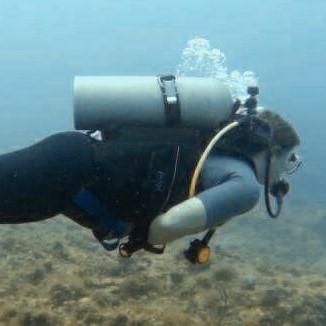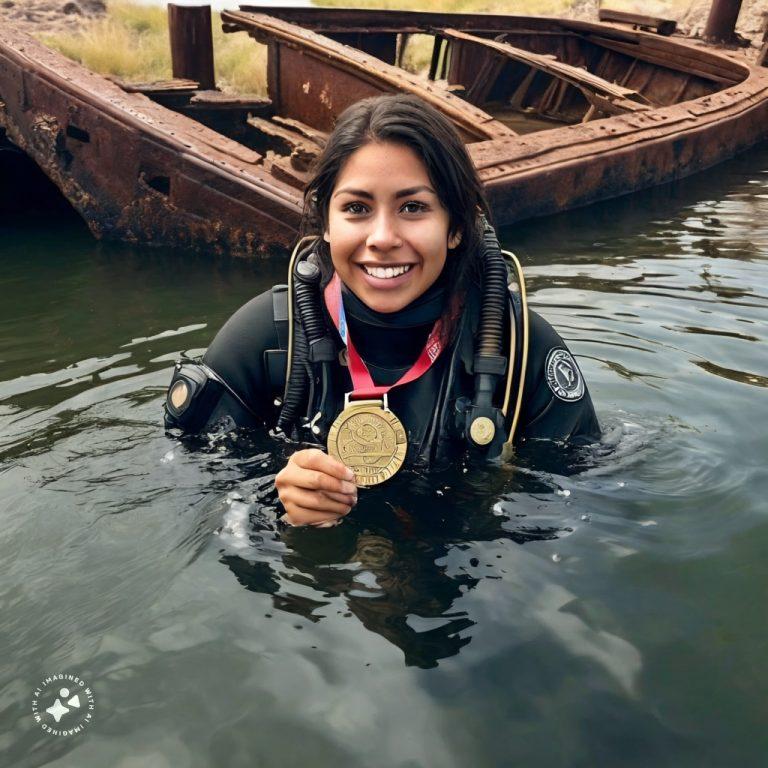I received an email from one of our clients inquiring about Full Face Masks. The client had been having a problem with mask leakage and was wondering if a Full Face Mask would be an answer. I could have turned this into the sale of a training course and a piece of equipment and pocketed a couple of thousand dollars by talking up the training and equipment, but that’s not what I/we do. If you ask for advice, you’re going to get our best advice, even if we lose a sale.
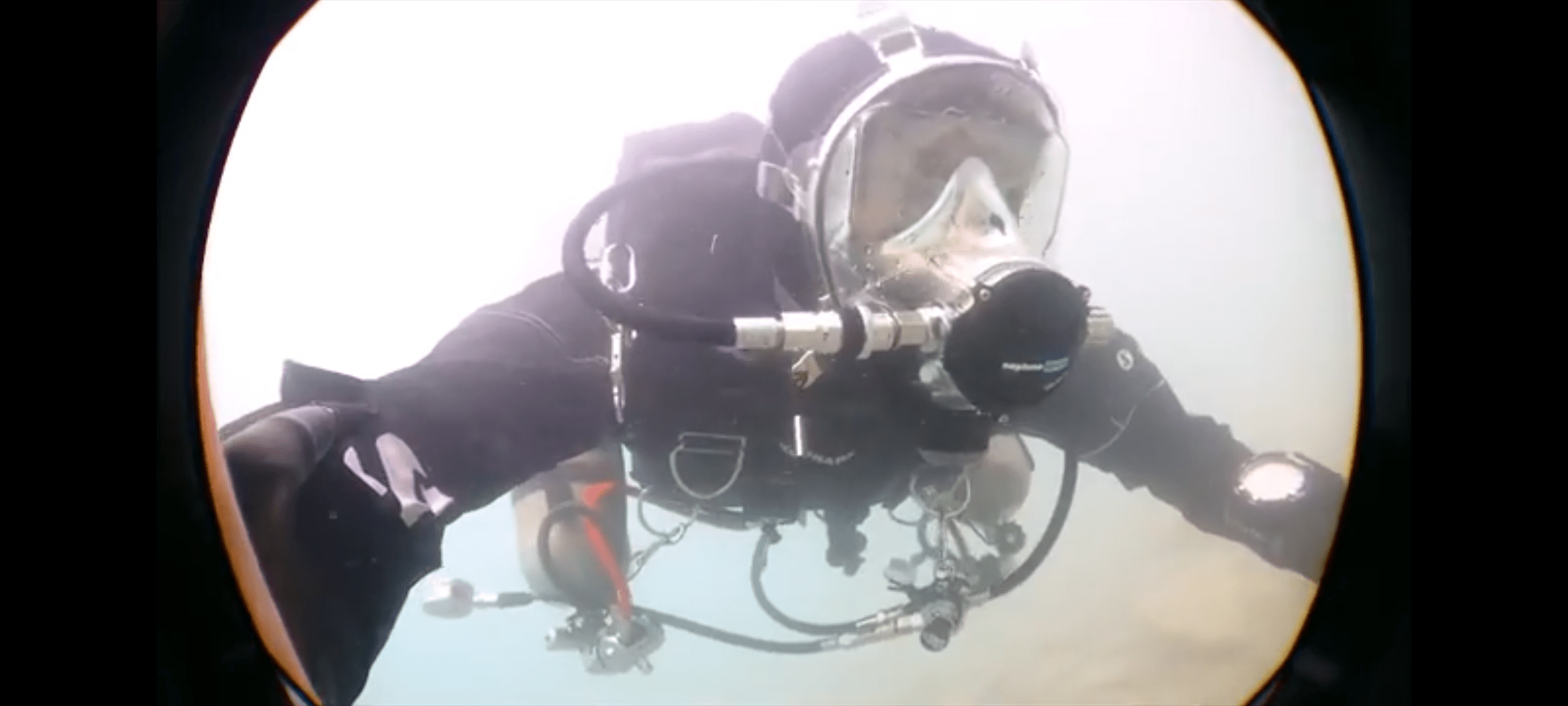
Rube Goldberg Much?
Below is basically what I wrote in my email.
I’m generally not a fan of Full Face Masks, but that said, we can do a class if you want. I think maybe we should get some more masks and go to the pool and see if we can find one that fits better for you…
The upsides for high-end Full Face Masks include:
- Positive pressure – your reg is constantly applying pressure into the mask, so leaks are less likely.
- No mouth fatigue – you don’t have to bite anything.
- You can add a communications device – short-range radio allows you to talk to other divers similarly equipped.
- Fogging of the mask is less of an issue.
- You can breathe through your nose.
The downsides include:
- You may have to listen to your buddy talk endlessly underwater. 🙂
- Not all masks are positive pressure so that wouldn’t solve the leaking problem. For example, this mask would work with your current reg, but that isn’t going to solve the leaking problem.
- Cost – the good (positive pressure) masks run from $899 per mask.
- Air consumption goes up.
- Training, and associated costs.
- Positive pressure regulators aren’t compatible with “normal” scuba. If you cracked your mask, for example, you couldn’t use your positive pressure reg with a regular mask.
- Complexity
- Running out of air/gas requires you to either remove your FFM and then share air, or have a similarly equipped buddy who can donate to you
- Gas sharing with a similarly equipped buddy isn’t simple.
- Lack of compatibility across systems. Sidemount, for example, would be a place where you shouldn’t use Full Face Masks. You can, but everything I’ve ever seen is a complete kludge (see the picture above).
To me, full face masks have downsides that outweigh the upsides, but some people have them and love them.
I use the video below in open-water classes these days. It’s a good example of a Full Face Mask failure. In the video, the diver panics holds his breath, and shoots to the surface. He’s lucky to be alive.
There’s more to this than just using a full-face mask; there’s also poor equipment choices, and a clear failure to practice with equipment. Sam Sam the Adventure Man uses the inflator to ascend. He doesn’t deflate his BCD which results in an uncontrolled ascent that’s really fast (faster than the bubbles!). The really sad part is they think they were properly trained.
If you’re a certified diver and you hit your inflator to ascend, sign up for our Advanced Buoyancy Control course.
Don’t be Sam. If you decide that Full Face Masks are the right solution for you, take a class and learn what you need before a problem strikes.

